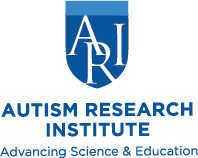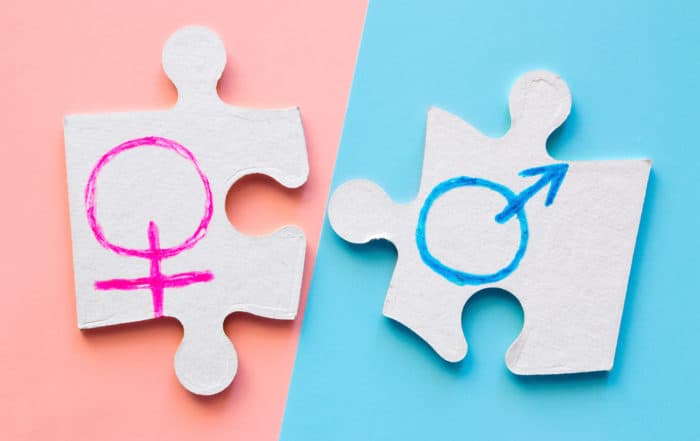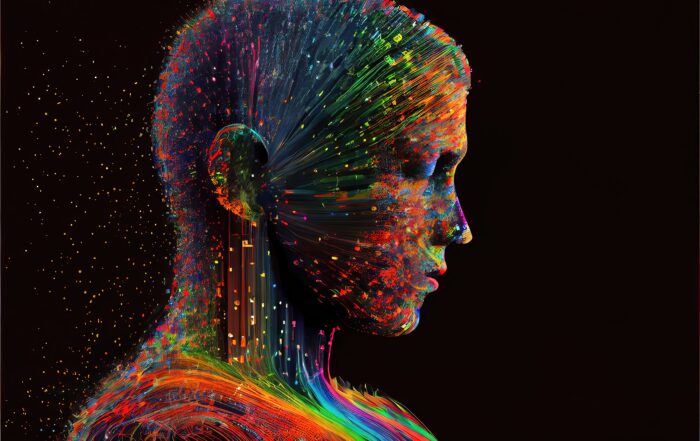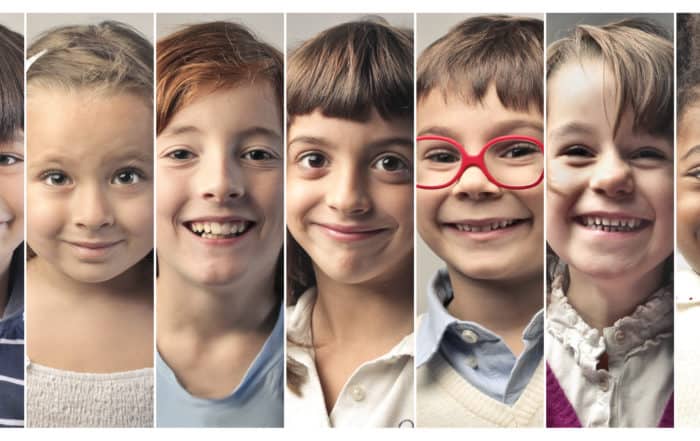Gray Atherton, Ph.D., details the socialization of the female gender experience and how that plays into autism gender biases. The speaker discusses the experiences of autistic women, highlighting that gender is a critical barrier to diagnosis and care. Atherton details recent investigations into implicit gender biases in autism and their impact on medical care and autism understanding. She evidences contemporary shifts in the zeitgeist of gender and autism and provides suggestions for future research. The presenter offers sources and acknowledgments before the Q&A, where she discusses masking, minorities and misdiagnosis, videogaming and autism, and much more.
In this webinar:
1:00 – Agenda and introduction
4:40 – Gendered development & autism descriptions
8:00 – Female protective effect
10:00 – Male brain theory
12:35 – Gender and autism
16:20 – Masking
18:50 – Study 1: Age of diagnosis and quality of life
26:10 – Effects of late diagnosis
30:00 – Gender biases and a new ratio
35:12 – Study 2: Implicit gender biases against female autism
40:11 – Findings
42:40 – Study 3: The zeitgeist of gender and autism
44:50 – Summary and future research
48:08 – Q&A
Female gender experiences
Atherton discusses the construction and socialization of the female gender experience, underscoring observed differences in toys, colors, expectations, and language used with female versus male children (2:15). She explains that females show more relational aggression (indirect) compared to males by age four (4:40) and tend to consider hierarchies and reputation in social interactions and communication from a very young age (6:15). These differences, the speaker continues, result, in part, from contrasting developmental pressures and environments between females and males.
Gender and autism
Historical descriptions of autism are skewed toward the male presentation due to classic gender biases (6:40). Atherton outlines two prominent hypotheses that aim to explain observed gender differences in autism: the Female Protective Effect (8:00) and the Male Brain Theory (10:10). While these theories have been widely investigated, contemporary understandings of gender and autism reveal them to be limited in scope and understanding.
Atherton cites research showing higher rates of gender diversity in autism, where transgender and gender-diverse people are three to four times more likely to be autistic than cisgender people (12:35). She discusses masking (16:20), or the process of copying other people and learning how to socialize, and how repetitive behaviors and other signs of autism can be easily mistaken for the expected “nice” “quiet” or “organized” qualities of girls and women (13:35).
Age of diagnosis and quality of life
The speaker details a recent investigation into the effect that age at autism diagnosis has on an individual’s quality of life (QoL) (18:50). The study found that women are significantly more likely to be diagnosed in adulthood compared to men and that women actually reported higher thresholds of autistic traits, but were still missed by practitioners (21:13). QoL scores were negatively associated with age of diagnosis and masking. In a subsequent interpretive phenomenological analysis of lived autistic experiences, participants reported that their gender kept them from receiving a diagnosis – that they would have received a diagnosis much younger if they were male (22:16). These findings suggest that women do have autism at least as frequently as men and that women are primarily underdiagnosed in adolescence, which leads to lower overall QoL (25:05).
A study by Rodgaard et al., 2021 found that women who received a late diagnosis were misdiagnosed at least once with depression, anxiety, sleep issues, etc. (28:35). Atherton underscores that without early diagnosis and proper medical care, individuals are more likely to develop co-occurring conditions. In fact, 26% of late-diagnosed women have co-occurring conditions compared to 13% of late-diagnosed males and 3% of the general population (26:10).
Implicit gender biases
The presenter outlines a study by Burrow et al., 2022 where researchers conducted direct assessments of autism symptoms at six to nine (6-9), twelve to fifteen (12-15), twenty-four (24), and thirty-six to sixty months (36-60) (30:00). Data revealed a 1:1 gender ratio of male/female children with “high concern” for autism – a stark contrast to the historically accepted 4:1 ratio. Clinician notes often referenced ‘monitoring’ girls over time but not needing a diagnosis in the same way as the boys did (33:00). These findings, Atherton asserts, suggest that although there is no biological bias, there seems to be different symptoms in females, perhaps as a result of female socialization, and subsequent bias in autism understandings and diagnosis.
To determine whether there are implicit biases held against female autism, Atherton and her team paired vignettes of autistic descriptors with male and female names and asked participants to say how autistic each vignette seemed (35:12). She explains that implicit biases may never be cognizantly acted upon, but that they still affect the way we understand and respond to information (38:15). Results from the study showed that participants were slower to respond and made more mistakes when autistic descriptors were paired with female names compared to male names. Item-by-item differences were also recorded, where words that were explicitly autistic were viewed as male, and those that were the opposite of autistic were considered female (40:11). The speaker asserts these findings show implicit biases associated with females being autistic.
Conceptualizing autism
To properly care for autistic individuals, it is critical to understand the zeitgeist or cultural climate around autism and gender. To test this, the speaker collected photos that represented autism from 163 people. Many participants sent pictures of females and wrote about the struggles that autistic women face. Many participants also noted that we need to reimagine autism in accordance with gender (42:40).
The speaker summarizes her presentation, highlighting the difficulties in diagnosis and care faced by autistic females, that women have the same amount or more autistic traits compared to men, that there are implicit biases against autism as a female experience, and that the cultural zeitgeist of autism and gender is changing according to the unique struggles and voices of autistic females (44:50). Atherton provides signup information for individuals interested in participating in future research projects about female autism trait presentation, gender diversity in autism, and adult experiences of neurodiverse people, specific to improving QoL (45:50). She provides references and thanks before the Q&A session (48:08).
The speaker:
 Gray Atherton, PhD, has a BSc in Child Development from Vanderbilt University, a Master’s in Counselling from University of Houston, and a Ph.D. in Educational Psychology and Individual Differences from University of Houston. She has previously lectured at University of Houston and the University of Wolverhampton. Prior to entering academia, Gray was a counselor for adolescents with neurodevelopmental conditions. “I am interested in understanding how people with autism spectrum condition see the social world. Specifically, I explore individual differences in social processing and how these differences often found in people with autism also exist in the general population. I also investigate anthropomorphism, or seeing the human in the non-human, and how this relates to social processing in autism. To investigate this I am developing virtual reality techniques that allow for anthropomorphic experiences. My other research interest lies more broadly in embodied social processing. I am particularly interested in how movement can affect the way we see ourselves and our social partners, and how this can be used to understand special populations.”
Gray Atherton, PhD, has a BSc in Child Development from Vanderbilt University, a Master’s in Counselling from University of Houston, and a Ph.D. in Educational Psychology and Individual Differences from University of Houston. She has previously lectured at University of Houston and the University of Wolverhampton. Prior to entering academia, Gray was a counselor for adolescents with neurodevelopmental conditions. “I am interested in understanding how people with autism spectrum condition see the social world. Specifically, I explore individual differences in social processing and how these differences often found in people with autism also exist in the general population. I also investigate anthropomorphism, or seeing the human in the non-human, and how this relates to social processing in autism. To investigate this I am developing virtual reality techniques that allow for anthropomorphic experiences. My other research interest lies more broadly in embodied social processing. I am particularly interested in how movement can affect the way we see ourselves and our social partners, and how this can be used to understand special populations.”
Take the knowledge quiz
Can’t see the quiz below? Take it online HERE
Gender, Sexuality, and Autism
Dr. Wenn Lawson, Ph.D., delves into the intersection of autism, sexuality, and gender. He describes monotropism as a theory of attention and addresses common sex differences in autism. The presenter discusses
Gender Discomfort and Autism
"I think society has an expectation where you have to be male or female, or you can be somewhere in between [...]. But they don't get that, actually, there are many genders and
Delayed and Missed Diagnoses of Autistic Women
Hannah Belcher, Ph.D., Autistic researcher, speaker, and author, discusses the often late and missed diagnosis of autistic females. She dives into the gender gap inherent in autism research, assessments, and clinical understanding, demonstrating
Behavioral and Brain Signatures of Autism in Females
Kaustubh Supekar, Ph.D., examines recent findings about gender/sex differences in autism phenotypes and brain organization. He highlights the underrepresentation of females in autism and underscores the need for a large-scale science approach. The
Autism and Eating-Related Behaviors
Gregory Wallace, Ph.D., discusses eating-related behaviors in autism. He examines potential drivers of food neophobia and presents novel studies on the cognitive/behavioral correlates of eating in the absence of hunger (EAH). Wallace defines
Symptoms are similar in young boys, girls with ASD
Research indicates that in school-aged children, teenagers, and adults with autism spectrum (ASD), symptoms differ significantly between males and females. Because of this, there are concerns that the skewed male-to-female ratio of






